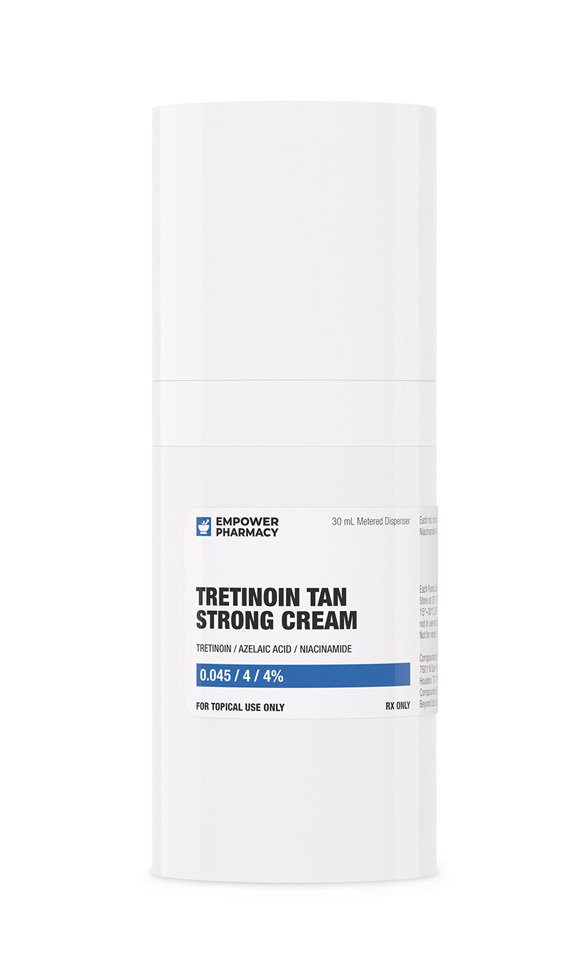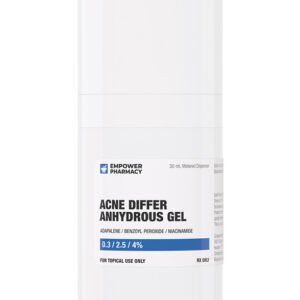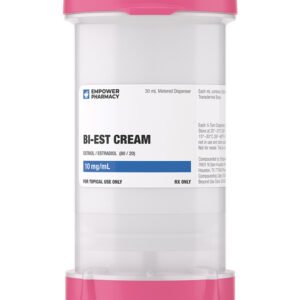Tretinoin
Also known as all-trans retinoic acid (ATRA), Tretinoin is one of the most bioactive forms of retinoids, which are vitamin A derivatives. Originally studied over 30 years ago, Tretinoin is commonly applied topically in the treatment of acne vulgaris and as a palliative in treating features of photoaging such as facial wrinkles, roughened skin, and liver spots. It has a comedolytic as well as anti-inflammatory effect and can be used by itself or synergistically with other medications to manage skin disorders.
In addition to its topical use, oral Tretinoin has also been found beneficial in the management of specific kinds of cancers such as refractory acute promyelocytic leukemia (APL), characterized by chromosomal translocation t(15, 17) or in patients who are unable to tolerate anthracycline-based chemotherapy.
Azelaic Acid
Used topically in the management of acne vulgaris and other inflammatory skin conditions such as rosacea, azelaic acid is found naturally in wheat, rye, and barley. It is a straight-chain dicarboxylic acid and can also be produced by Malassezia furfur, otherwise known as Pityrosporum Ovale, which is a species of fungus that is naturally found on human skin. While not very clear, azelaic acid is believed to exert its effects through the inhibition of cellular synthesis in both aerobic and anaerobic bacteria. Its mechanism of action is not very clear but it is generally well tolerated with minimal side effects, however, some people have reported symptoms of mild to moderate pruritus as well as xerosis after topical administration of azelaic acid.
Niacinamide
Niacinamide, also known as nicotinamide, is a derivative of the water-soluble B-complex vitamin niacin. It is a precursor of the cofactors niacinamide adenine dinucleotide (NAD) and niacinamide adenine dinucleotide phosphate (NADP). NAD and NADP are key components of many essential metabolic pathways in the human body. It is found in dietary sources such as meats, liver, yeast, dairy products, legumes, beans, nuts, seeds, green leafy vegetables, fortified bread, cereals, coffee, and tea. A deficiency in niacin results in the condition known as pellagra which comprises dementia, dermatitis, and diarrhea.
Clinically, topical niacinamide is used by dermatologists to manage a variety of skin conditions. Due to its ability to inhibit procytokine inflammatory pathways, niacinamide is used in the treatment of skin disorders such as bullous pemphigoid, IgA bullous dermatosis, acne vulgaris, as well as certain kinds of pruritus. It also has a synergistic effect when used with other topical anti-aging medications; studies have shown a reduction in facial spots and facial skin erythema when niacinamide is used in conjunction with kinetin topically.






Reviews
There are no reviews yet.